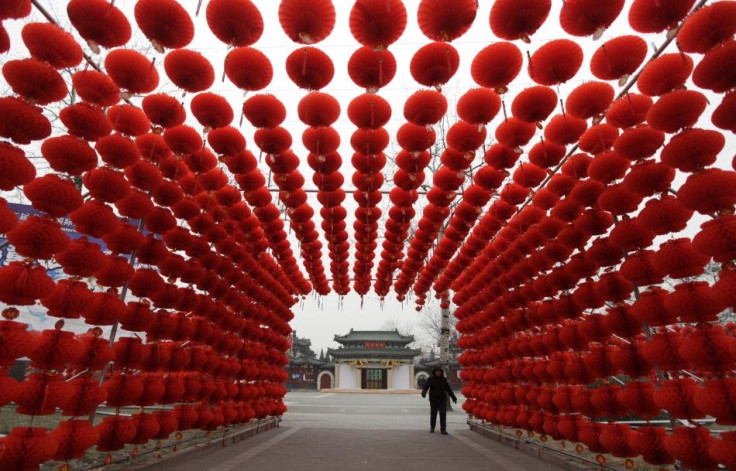China's 4Q GDP Growth Slowdown to 8.9% Won't Affect U.S. Automakers

China's GDP growth in the fourth quarter of 2011 dipped to 8.9 percent, down from 9.1 percent in the prior quarter, but the Chinese government will likely take steps to ensure that a slowdown does not harm global manufacturers that increasingly look to China for new consumers.
In its most aggressive action, the Chinese central bank will almost certainly lower reserve rate requirements -- the percentage of banks' funds held as cash -- by as many as 100 basis points during the first six months of this year. This comes on the heels of a 50 basis-point cut in December. Lowering the reserve rate will have the effect of easing monetary flow through cheaper and more widely available loans.
Deutsche Bank economist Ma Jun thinks the central bank may even go further.
We expect three to four (reserve rate requirements) cuts in 2012, which should permit the average monthly yuan lending to rebound in the first half, and annual lending to reach about 8.4 trillion yuan ($1.29 trillion) in 2012, Ma said.
That means lending in 2012 will top last year's total of 7.5 trillion yuan, he said.
The prospect of continued financial easing by Chinese monetary authorities should help drive continued Chinese demand for manufactured goods, especially U.S. automobiles, which have had a growing sales record in the past year.
U.S. exports to China have grown on a year-over-year basis in the first three quarters in 2011, including 13.1 percent growth in the third quarter, according to the most recent data available from the U.S. Department of Commerce.
U.S. carmakers have done particularly well: General Motors Corp. last year sold 2.55 million cars, an increase of 8.3 percent over 2010. GM's strength in China is evident by sales of its minivans in the more-developed southern portions of China, where the U.S. company owns 45 percent of the market.
Helping U.S. automakers, the government last year slashed incentives to purchase locally made automobiles.
Moreover, this year purchases by Chinese consumers of foreign-made cars are expected to rise steadily, according to China Daily, the country's official English-language news agency. Part of this is due to more and more Chinese moving to urban centers, where salaries are higher, allowing them to afford more luxury brands.
Local carmakers were hurt in the past year after the incentives were gone, but most overseas players remained in pretty good shape, Sheng Ye, associate research director at industry consultancy Ipsos' Greater China region, told China Daily.
China's GDP growth rate fell throughout 2011. It was 9.7 percent in the first quarter and 9.5 percent in the second quarter before the declines of the third and fourth quarters.
Analysts believe the slowdown in China's GDP growth to 8.9 percent is gradual enough that it may lead to a soft landing, rather than a real recession, and will not disrupt the potential for growth in domestic consumption.
The growth of the China's consumer price index, a main gauge of inflation, eased to a 15-month low of 4.1 percent in December amid accumulative government tightening measures, according to the National Bureau of Statistics.
The development of domestic consumption is a way to achieve soft landing, said Lynn Tang, associate professor in the School of Business at the College of New Jersey.
Domestic consumption in GDP in China is very low. It's only about 30 percent of China's GDP compared to more than 60 percent in the U.S., Tang said, pointing out that there's room for growth.
But the rate of that growth, Tang added, will not likely replicate what has already occurred.
The high growth rate that China has achieved in the past 10 years may never come back.
© Copyright IBTimes 2025. All rights reserved.





















